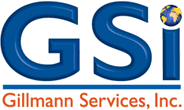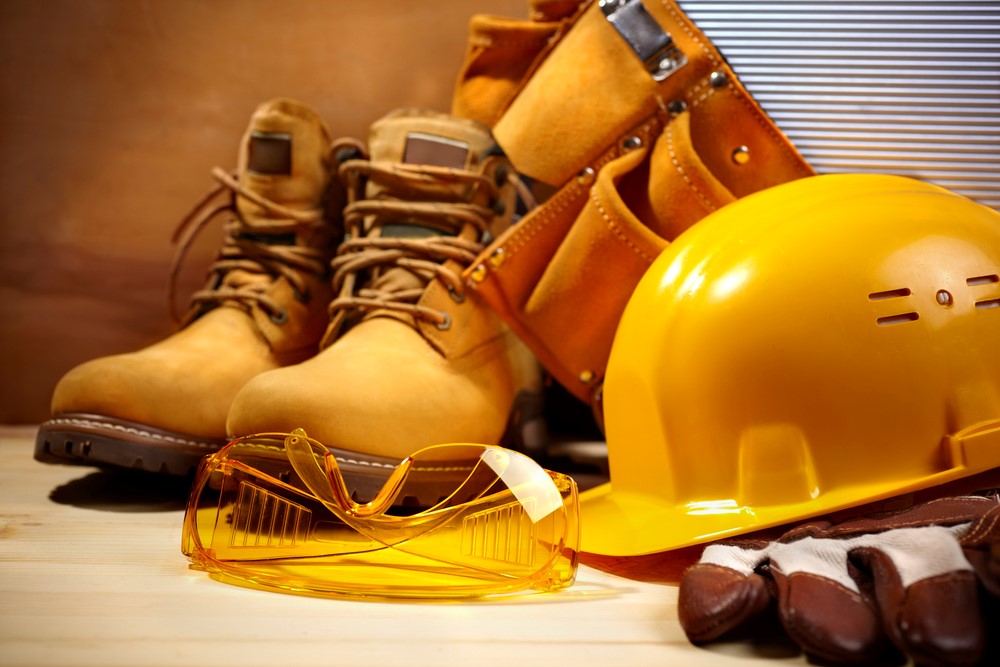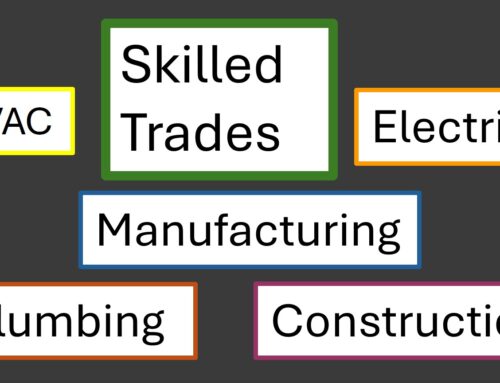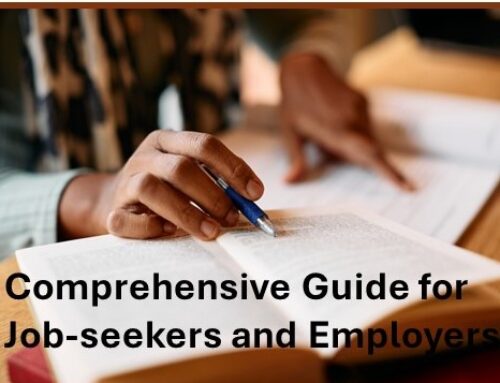
Construction is an incredible industry in which to work. It requires a physical and mental challenge that brings career satisfaction and fulfillment. It also can be hazardous. In fact, different aspects of construction work were listed four times in USA Today’s list of 25 most dangerous professions. The first and foremost concern, of course, is the devastation to the construction worker; physically, financially, and emotionally. Additionally, is the resulting cost to the company. The statistics can be startling. A myComply blog shares statistics on safety in construction, including the following:
- The average cost per case of fatal or nonfatal injury is $27,000 in construction (NCBI).
- 15% of all workers’ compensation costs are spent on workers who were injured while at a construction site (WCB).
- 4% of employer compensation costs in construction were spent on workers’ compensation alone, nearly three times the average cost for employers in all industries (CPWR).
Identifying potential industry-related hazards and taking preventative steps will help reduce and potentially eliminate these risks and the resulting accidents and injuries. These steps begin before an employee starts his first day on the job and continues by ensuring on-the-job safety compliance. Building a positive relationship with employees is the glue that holds a safety practice together. In today’s blog, we’ll discuss the four safety steps that must occur before a new employee’s first day on the job site. In our next blog, we’ll discuss onsite safety practices and the role of relationship.
Before They Begin:
Communicate: Share the message. Clearly state the high priority you place on safety, the steps your company takes to ensure best practices, and the consequences for failure to comply.
Train: Require new employees to participate in a workshop on safety guidelines regarding the use of equipment, tools, and materials, whether in transit or during the building process. Provide both verbal and written instructions. Note: Don’t stop here. Maintain regular safety meetings to keep all employees refreshed on safety practices.
Equip: Whether your workers are employed by a staffing company who supplies PPE, your company provides it, or the employee owns it, confirm that each employee has all the required personal protective items. PPE includes construction helmets, safety glasses and face shields for eye and face protection, proper fitting gloves, slip and puncture-resistant safety-toed footwear, and high-visibility vests. Provide 2-way radios to ensure efficient exchange of pertinent information, especially regarding potentially hazardous situations.
Employ a safety supervisor: Training defined your “safety-first” requirements and procedures. Ensure that these guidelines are being followed by employing a safety supervisor, who is both knowledgeable of safety standards and is given the authority to enforce them. He/she should be on the lookout, inspection processes, identifying potential risks, and implementing steps to correct the problem, whether it’s an isolated incident or a need for procedural change.
GSI is fully committed to workplace safety for both our clients and employees. We understand how critical it is for construction workers to be fully prepared before they walk onsite. In support of this standard, we offer 10-hr and 30-hr OSHA courses taught by on-staff instructors. We also provide safety equipment for every employee and job-site specific training as needed. Every employee arrives fully trained, certified, knowledgeable, and armed with the correct tools to perform the task. Looking or qualified construction workers who understand safety protocol? Contact us today.
Part two on Safety Construction will post in two weeks. Be sure to read the enlightening conclusion to Safety Priorities for Construction.






